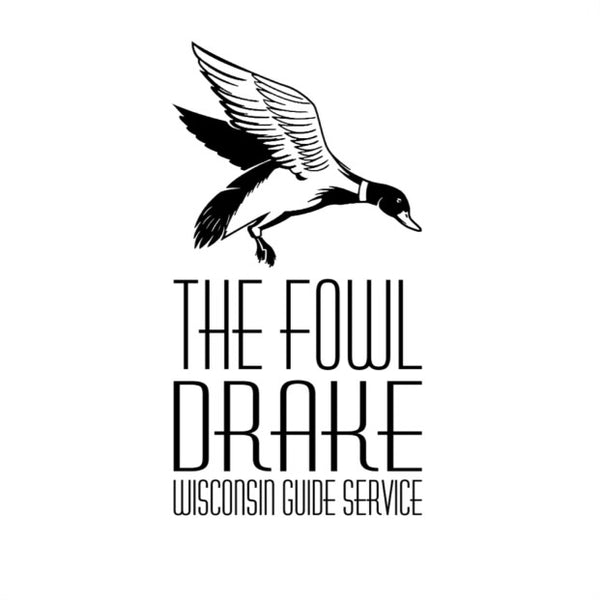Blind Concealment for Waterfowl Hunting
One of the key factors in successful waterfowl hunting is the ability to conceal yourself and your blind from the birds. In this blog post, we will discuss some tips for blind concealment that can help you to get closer to your target and increase your chances of success.
Choosing a Location
The first step in effective blind concealment is to choose a location that provides natural cover. Look for areas with natural vegetation such as cattails, willows, or other types of plants that can help to break up the outline of your blind. Avoid areas with open water or exposed shorelines, as these areas will make it difficult to conceal yourself and your equipment.
Building Your Blind
Once you have chosen a location, the next step is to build your blind. Use natural materials such as brush, grass, or vegetation to create a natural-looking blind that blends in with the surrounding environment. Be sure to create a low profile that is difficult for birds to see, and avoid using bright colors or other materials that can attract attention such as fabrics that reflect the light.
Concealing Yourself
In addition to concealing your blind, it is also important to conceal yourself. Wear camouflage clothing that matches the surrounding environment, and avoid any movements that could attract the attention of birds. Use a face mask or face paint to break up the outline of your face, and avoid wearing shiny jewelry or other reflective materials that can catch the light.
Using Decoys
Decoys can be an effective way to attract birds to your blind, but it is important to use them effectively. Place decoys in a natural-looking pattern that mimics the behavior of real birds, and avoid using decoys that are too shiny or unrealistic. Use a mix of decoys to create a diverse and natural-looking spread, and avoid overcrowding your blind with too many decoys.
Conclusion
Blind concealment is an essential part of successful waterfowl hunting. By choosing a location with natural cover, building a natural-looking blind, concealing yourself, and using decoys effectively, you can increase your chances of success and enjoy a rewarding hunting experience. Remember to always follow all state and federal hunting regulations, and to practice responsible and ethical hunting practices. Happy hunting!

